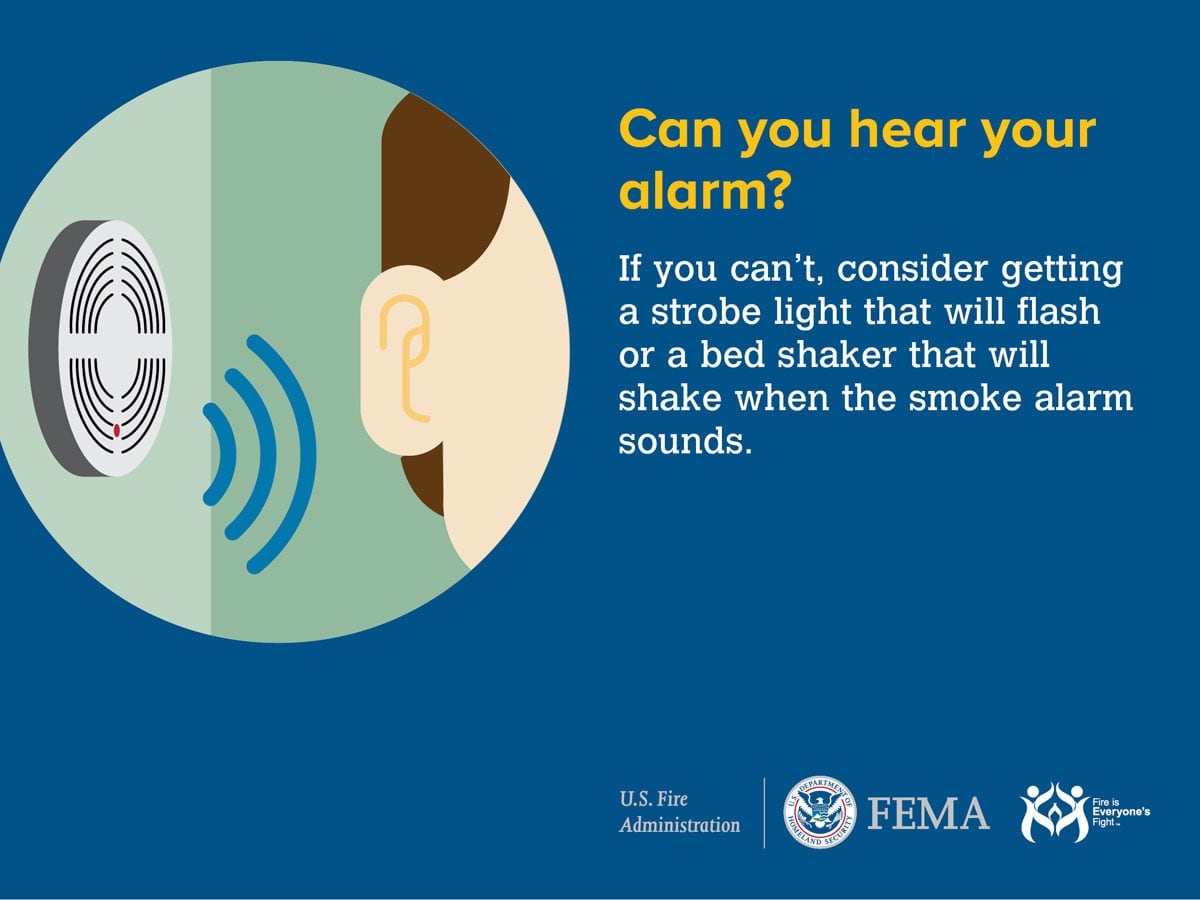
Smoke Alarms and Detectors: Your First Line of Defense Against Fire
Smoke alarms are life-saving devices that provide early warning in the event of a fire. When installed and maintained properly, they significantly reduce the risk of fire-related injuries and fatalities by alerting occupants to smoke or combustion products before the fire spreads. Most home fires occur at night while people are asleep, making smoke alarms a crucial part of any home safety plan.
The Importance of Smoke Alarms
House fires claim the lives of thousands of people every year. In the United States:
- Fire kills an estimated 4,000 people annually and seriously injures another 30,000.
- Property damage from fires costs at least $11.2 billion per year.
- Two-thirds of all fire-related deaths occur in the victim’s own home.
- The majority of fire fatalities are caused by smoke inhalation or toxic gases, not direct burns.
- Most fatal residential fires occur between 11 p.m. and 6 a.m., when people are asleep.
Despite these alarming statistics, many people believe that a fire will never happen to them. However, studies show that 75% of residential fire deaths and 84% of injuries could have been prevented by properly installed and maintained smoke alarms (Johns Hopkins University & U.S. Fire Administration study).
Types of Smoke Alarms
There are two main types of smoke alarms, each with a unique method of detecting fire:
1. Ionization Smoke Alarms
- More responsive to fast-flaming fires.
- Contain a tiny amount of radioactive material (americium-241) that ionizes air particles, creating an electrical current.
- When smoke enters the chamber, it disrupts the current, triggering the alarm.
- Ideal for areas with combustible materials like paper, wood, or flammable liquids.
2. Photoelectric Smoke Alarms
- More effective at detecting slow, smoldering fires that produce thick smoke.
- Use a light beam and sensor; when smoke particles scatter the light, the alarm is triggered.
- Best suited for areas where furniture, upholstery, or electrical wiring may smolder before igniting.
For maximum protection, experts recommend using both ionization and photoelectric smoke alarms or a dual-sensor model that includes both technologies.
Where to Install Smoke Alarms
The National Fire Protection Association (NFPA) provides the following recommendations for smoke alarm placement:
- Inside and outside every bedroom or sleeping area.
- On every level of the home, including the basement.
- At the top of stairwells and at each end of long hallways.
- In living rooms, family rooms, and dens.
- Keep at least 10 feet away from cooking appliances to reduce false alarms.
Avoid placing smoke alarms:
- Near windows, doors, or vents where drafts may interfere with operation.
- On uninsulated exterior walls or ceilings where temperature extremes can affect performance.
- Within three feet of an air register that could recirculate smoke.
Installation Guidelines
- Ceiling-mounted alarms: Place at least 18 inches from walls or corners to avoid dead air pockets.
- Wall-mounted alarms: Install 6-12 inches below the ceiling and away from corners.
- Interconnected alarms: If one alarm is triggered, all alarms will sound—this setup is highly recommended for improved safety.
For hardwired alarms connected to household electrical wiring, always hire a qualified electrician for installation.
Smoke Alarm Maintenance: Simple Steps to Stay Safe
Regular maintenance ensures that smoke alarms function properly when needed:
- Test alarms monthly by pressing the “test” button.
- Replace batteries at least once a year (or sooner if the low-battery warning chirps).
- Vacuum and clean the alarm regularly to remove dust and debris.
- Never paint a smoke alarm, as it can block sensors.
- Replace alarms every 10 years, as sensors degrade over time.
An Affordable, Lifesaving Investment
Smoke alarms are a small but critical investment in home safety. They are widely available at hardware stores, starting at as little as $6. Given the risk of home fires, installing and maintaining smoke alarms is one of the simplest and most effective ways to protect your loved ones.
A smoke alarm makes a thoughtful housewarming gift that could one day save a life.
For more fire safety tips, visit your local fire department’s website or the National Fire Protection Association (NFPA) at www.nfpa.org.
|